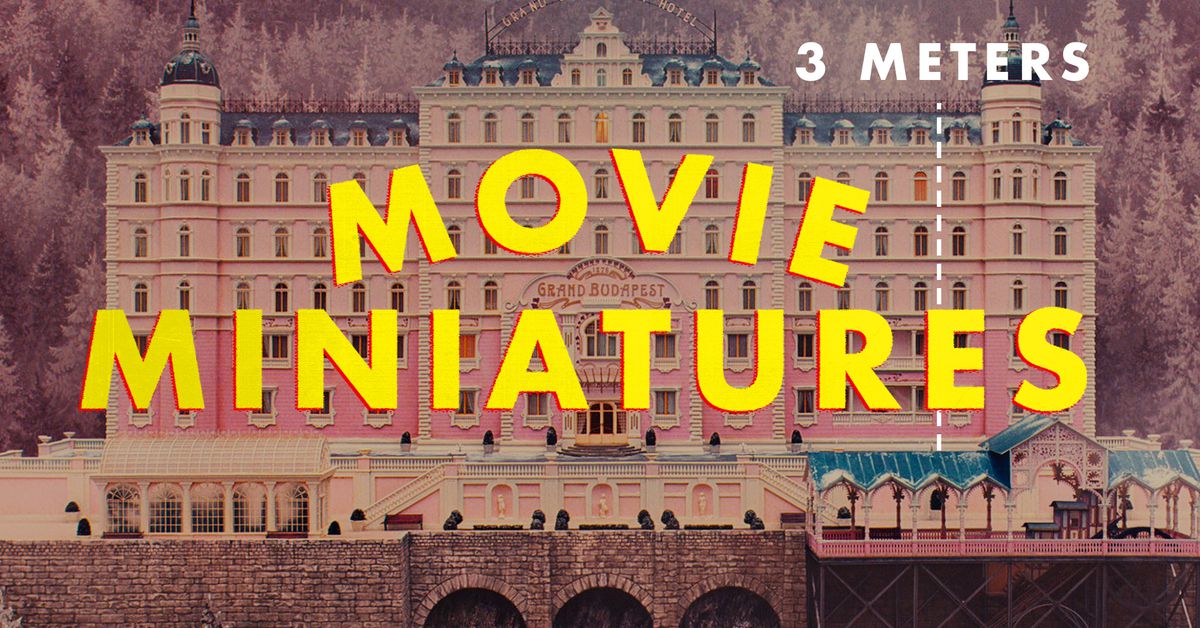Miniatures in movies are way more common than you expect, and one of the most stylish filmmakers keeping them alive is Wes Anderson. A black-and-white photo shows a man’s face looking out of a miniature moon with a telescope attached. A completely normal and not terrifying visualization of the man in the moon. A Trip to the Moon (1920)
Miniature use dates back just about far as the movies do, with filmmakers like Georges Méliès using them in the 1920s.
Star Wars was revolutionary for visual effects, but the limited computer technology of the 1970s meant filmmakers had to get creative. To pull off their ambitious vision, the team at Industrial Light and Magic built intricate miniatures of ships, trenches, and more for the original Star Wars.
In the 2020s, our computer technology is better than ever. And yet, even today, miniatures still get used. Just look at The Mandalorian, Blade Runner 2049, Harry Potter, The Dark Knight, and more. Two men are finding the right camera angle, one standing on a box, to shoot views of the large pink Grand Budapest Hotel miniature set. Filmmakers work on the hotel miniature for the movie The Grand Budapest Hotel. Courtesy of Simon Weisse/Focus Features A woman stands on a table among miniature buildings about her height, made to look like vintage skyscrapers in a city. Filmmakers work on miniature sets for Asteroid City. Courtesy of Simon Weisse/Focus Features
In order to go big, sometimes filmmakers go small. Check out Vox’s latest video to learn more about miniatures from one of Wes Anderson’s model makers, Simon Weisse
Anderson’s next film will be a pop-up children’s book smelling of clove cigarettes, flat champagne and snow, with a dedication in braille.
[Edit] Set in Franklin Gothic Light.



